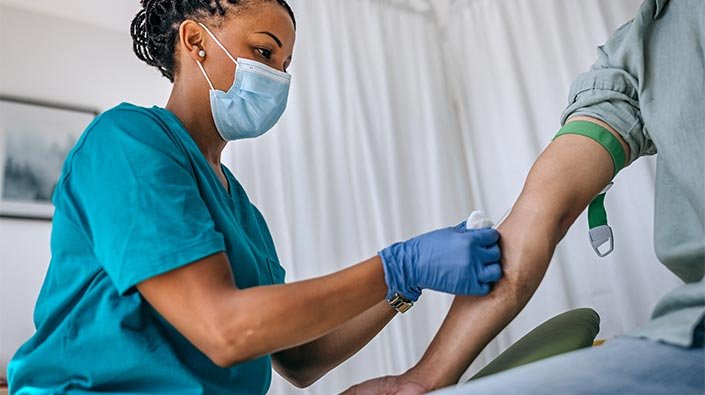Enhancing Efficiency and Accuracy in Phlebotomy Procedures with Wearable Devices
Summary
- Hospitals can enhance the integration of wearable devices in phlebotomy procedures by implementing training programs for staff on how to properly use the devices.
- Utilizing Electronic Health Records can help hospitals streamline the process of collecting and analyzing data from wearable devices used in phlebotomy procedures.
- Collaborating with technology companies to develop customized wearable devices specifically for phlebotomy procedures can improve efficiency and accuracy in hospitals.
Introduction
Hospitals in the United States are constantly seeking ways to improve efficiency and accuracy in their operations. One area where innovation can play a significant role is in the integration of wearable devices in phlebotomy procedures. Phlebotomy involves the collection of blood samples from patients for diagnostic testing, and wearable devices can help streamline this process. In this article, we will explore the measures that hospitals can take to enhance the integration of wearable devices in phlebotomy procedures for improved efficiency and accuracy.
Training Programs for Staff
One of the key measures that hospitals can take to enhance the integration of wearable devices in phlebotomy procedures is to implement training programs for their staff. Phlebotomists and other healthcare professionals who are responsible for collecting blood samples must be properly trained on how to use the wearable devices effectively and accurately. Training programs can include hands-on demonstrations, simulations, and assessment tools to ensure that staff are proficient in using the devices.
Utilizing Electronic Health Records
Another measure that hospitals can take is to utilize Electronic Health Records (EHRs) to streamline the process of collecting and analyzing data from wearable devices used in phlebotomy procedures. EHRs can be integrated with wearable devices to automatically capture and store data, eliminating the need for manual data entry. This not only saves time but also reduces the risk of errors associated with manual data entry. Hospitals can also use EHRs to track the performance of wearable devices and identify areas for improvement.
Collaborating with Technology Companies
Hospitals can also collaborate with technology companies to develop customized wearable devices specifically for phlebotomy procedures. By working closely with technology experts, hospitals can design devices that are tailored to their specific needs and requirements. Customized wearable devices can include features such as barcode scanners, vein finders, and data encryption to enhance efficiency and accuracy in phlebotomy procedures. Collaborating with technology companies can also help hospitals stay up to date with the latest advancements in wearable technology.
Conclusion
Enhancing the integration of wearable devices in phlebotomy procedures can significantly improve efficiency and accuracy in hospitals. By implementing training programs for staff, utilizing Electronic Health Records, and collaborating with technology companies, hospitals can ensure that they are making the most of wearable technology in phlebotomy procedures. These measures can help hospitals provide better care for patients and streamline their operations.

Disclaimer: The content provided on this blog is for informational purposes only, reflecting the personal opinions and insights of the author(s) on the topics. The information provided should not be used for diagnosing or treating a health problem or disease, and those seeking personal medical advice should consult with a licensed physician. Always seek the advice of your doctor or other qualified health provider regarding a medical condition. Never disregard professional medical advice or delay in seeking it because of something you have read on this website. If you think you may have a medical emergency, call 911 or go to the nearest emergency room immediately. No physician-patient relationship is created by this web site or its use. No contributors to this web site make any representations, express or implied, with respect to the information provided herein or to its use. While we strive to share accurate and up-to-date information, we cannot guarantee the completeness, reliability, or accuracy of the content. The blog may also include links to external websites and resources for the convenience of our readers. Please note that linking to other sites does not imply endorsement of their content, practices, or services by us. Readers should use their discretion and judgment while exploring any external links and resources mentioned on this blog.
